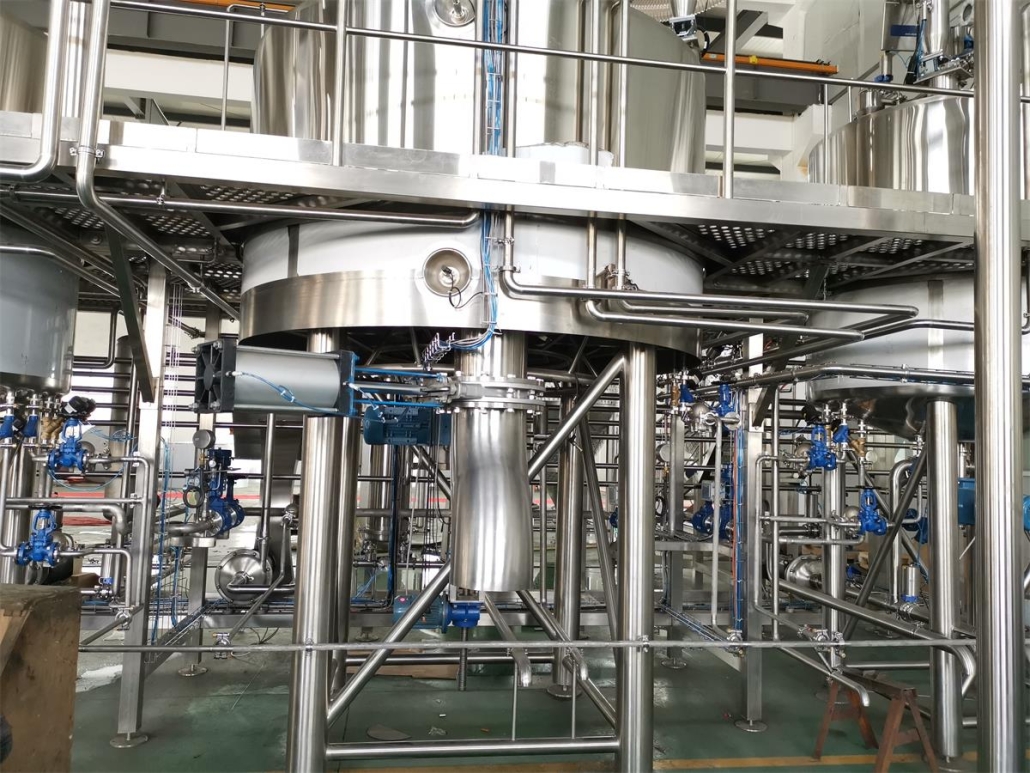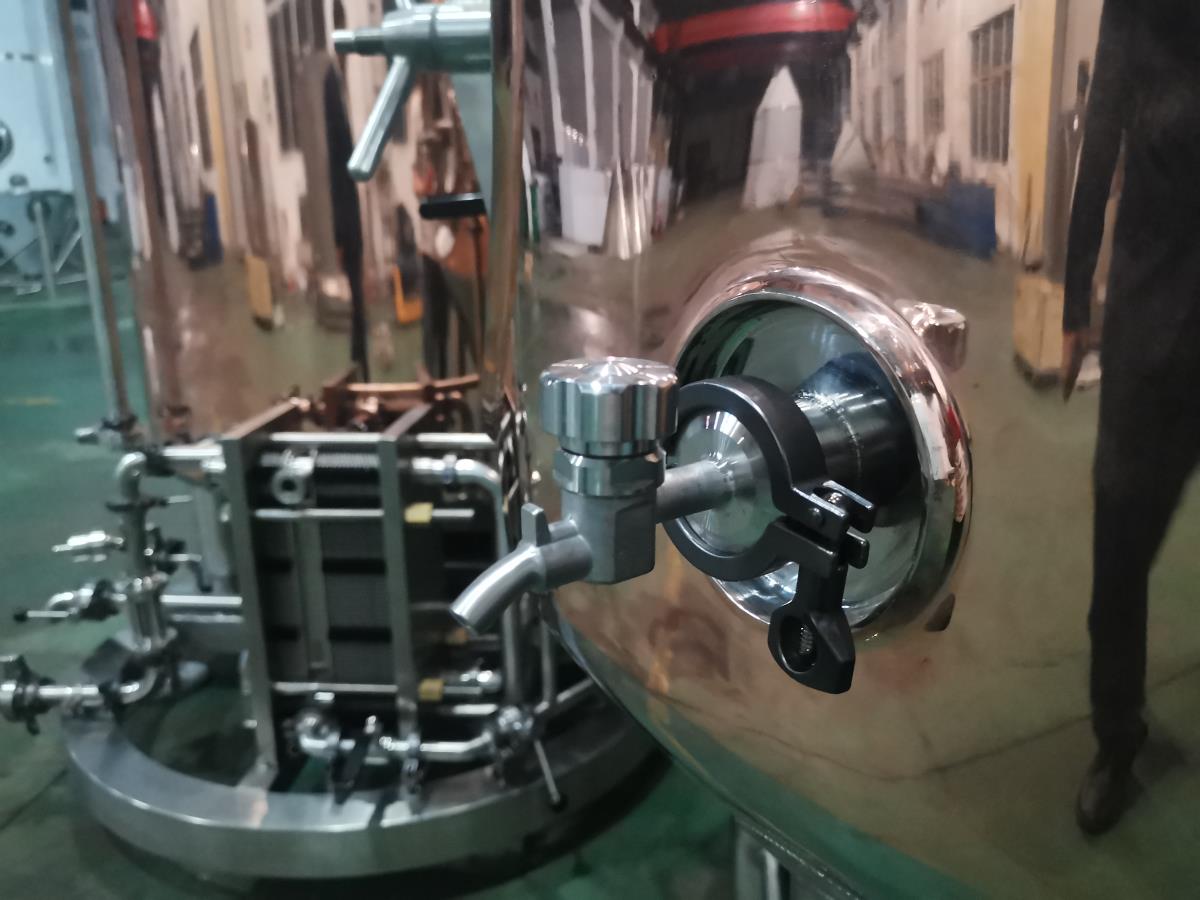Craft Beer Making Equipment
craft beer making equipment has exploded in popularity in recent years, with more people wanting to make their own unique brews at home. To do this properly requires having the right equipment to produce consistent, high-quality beer batches. This guide provides an overview of the key pieces of craft beer making equipment, typical system setups and layouts, factors to consider when choosing components, as well as general operation and maintenance best practices.
Key Pieces of Equipment
The main pieces of equipment needed for craft beer production include:
| Equipment Type | Description |
|---|---|
| Brew kettle | The brew kettle or mash tun is one of the most important vessels, used for mashing grains and boiling wort. Custom sizes from 5 to 30 gallons are available depending on production needs. |
| Fermentation tanks | Stainless steel or plastic fermenters come in many sizes to hold beer during the fermentation process. Temperature control is key. |
| Temperature control | Keeping fermentation temperatures steady requires a cooling system, heating pads, or climate-controlled chamber. |
| Sanitation equipment | Hoses, brushes, sanitizing solutions/sprays are needed to fully disinfect equipment. |
| Racking equipment | Tubing, auto-siphons, and other gear is used for transferring beer between vessels. |
| Kegging components | For finishing beer, kegging components like CO2 tanks, regulators, lines, and taps are essential. |
| Testing equipment | Hydrometers and refractometers help monitor sugar levels and ABV. pH meters also useful. |

Brewery Design and Layout Considerations
When developing a brewing setup, some key elements that impact space planning, equipment sizing/capacity, budgets, and efficiency include:
| Parameter | Description |
|---|---|
| Annual production | How much beer output is needed yearly? Affects batch frequencies and equipment sizes. |
| Batch size | Standard homebrew batch is 5 gallons, but 1 to 30+ gallons can be produced based on goals and system scale. |
| Power requirements | Heating elements, cooling, and other components require sufficient electrical capacity. |
| Plumbing | Water lines, drains, and cleaning areas simplify operations. |
| Workflow | Optimized equipment placement improves process flow and ergonomics. |
| Expansion capability | Allowing for potential growth by planning space and infrastructure accordingly. |
| Budget | Equipment builds ranging from DIY/used systems to $50,000+ professional setups. |
Sourcing Brewing System Components
Many reputable suppliers offer brewery equipment for those wanting purpose-built, high-quality components that integrate smoothly:
| Company | Offerings | Price Range |
|---|---|---|
| SSBrewTech | Kettles, fermenters, accessories | $500 – $4,000 |
| Blichmann Engineering | Brew kettles, burners, plumbing | $150 – $1,200 |
| Spike Brewing | Kettles, conical tanks, heaters, chillers | $350 – $1,800 |
| Anvil | Stainless tanks, buckets, tri-clover fittings, burners | $100 – $700 |
| Northern Brewer | Full systems, individual components | $50 – $2,500 |
For more budget-friendly options, restaurant supply stores provide commercial-grade gear often at lower costs. Food-safe plastic pails, pots, and carboys also work. Used equipment can be found at a fraction of original pricing as well.
When sourcing, prioritize quality metals, seals, and attachments (TC fittings, ball locks, valves). Compatibility between parts streamlines operations later. Getting help designing a balanced brewery suited for goals is recommended before purchasing components.
Best Practices for Smooth Brewery Operation
To produce consistent quality beer and avoid contamination or equipment damage, implementing good operation and maintenance procedures is key:
| Activity | Tips |
|---|---|
| Cleaning | Use correct post-brew cleaning products for stainless steel versus plastic. Take apart components fully. Discard worn gaskets/seals. |
| Sanitizing | Apply sanitizers after cleaning. Star San and iodophor work well. Rinse thoroughly later. |
| Sterilizing | For advanced contamination prevention, use an autoclave to sterilize fermenters/equipment. |
| Storage | Air dry fully before storage. Ensure no standing liquid remains in tanks or tubing. Cap all openings. |
| Gaskets | Regularly lubricate and replace worn gaskets on vessels. Check for leaks. |
| Process Control | Use timers and log sheets for better batch consistency. Take gravity measurements. |
| Maintenance | Inspect equipment for damage before/after each use. Replace worn parts as needed. |
By establishing effective safety, cleaning, logistics protocols – and having the necessary gear in place – craft beer makers can focus efforts on iteratively developing tasty new recipes rather than fight preventable issues. Reach out to other local brewers for additional tips too.
FAQ
| Question | Answer |
|---|---|
| What size brew kettle do I need? | Depends on desired batch size – for 5 gallon batches a 10+ gallon (40 qt+) kettle recommended. Bigger allows for less boilover loss. |
| How many fermenters should I get? | Start with 1-2 plastic buckets or carboys, then optionally add 1+ stainless conical fermenters for temperature-controlled brewing, aeration, transferring ease later once production increases. |
| Can I build my own system? | Yes absolutely! Many homebrew systems are DIY using pots/coolers for mash tuns and buckets for fermenters. Weldless stainless equipment also simplifies customization. |
| Should I pay for turnkey systems or build my own? | Prebuilt systems simplify setup with integrated parts that align to standards. But DIY allows customization and lower costs – with more effort. Hybrid approach works too. |
Share this entry
Interested in learning more about Brewing Systems including additional details and pricing information? Please use the form below to contact us!
YOLONG BREWERY EQUIPMENT FAQS
- Commercial Brewery / Craft Brewery / Microbrewery / Nanobrewery
- What is The Difference Between Craft Beer and Industrial Beer?
- The Bespoke Differences In Custom Brewing Systems
- Everything You Need to Know About Kettle Souring
- How to Choose Brewing Equipment for Your business?
- How To Choose The-Best Partner To Build Your Commercial Microbrewing System?
- Two Detection Sensors That You Need To Use In Your Brewhouse System
- Remote Control Applications in Brewing Equipment/How does it work?
- How To Clean Your Brand New Brewery Tanks?

